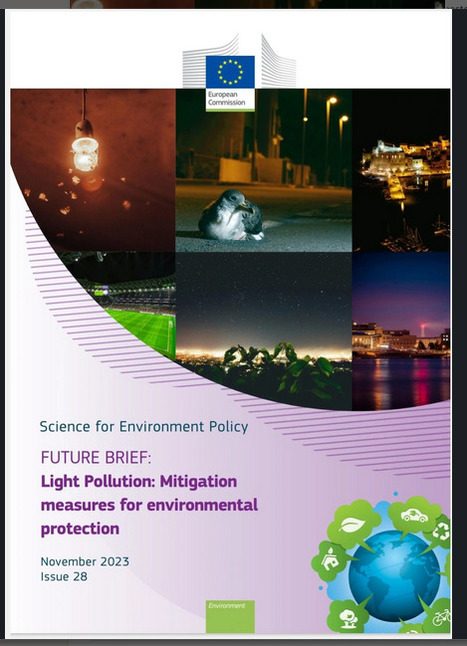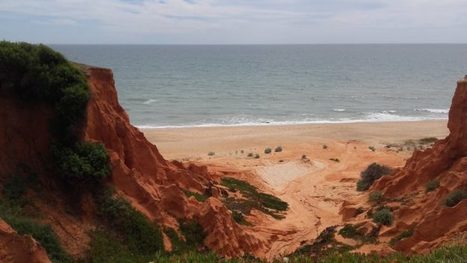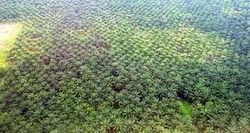This Brief focusses on the lighting design adaptations and mitigation measures tailored for sensitive habitats and taxa. It also highlights ongoing efforts by local governments and communities to address Artificial Light at Night pollution (ALAN).
Research and publish the best content.
Get Started for FREE
Sign up with Facebook Sign up with X
I don't have a Facebook or a X account
Already have an account: Login
Revue de presse et du net par le Pôle de partage des connaissances S&T de l'Office français de la biodiversité
Curated by
DocBiodiv
 Your new post is loading... Your new post is loading...
 Your new post is loading... Your new post is loading...
|
|


















Via Romain SORDELLO "L'UE s'appuie pour cela sur les travaux de la France, notamment le Guide Trame noire de l'OFB 2021 https://lnkd.in/g_JCpB8H et un article collectif porté par une vingtaine de scientifiques publiés dans Landscape and Urban Planing en 2022, qui reprennent eux-mêmes de nombreux exemples dans les territoires ! https://lnkd.in/gTZsFTDr